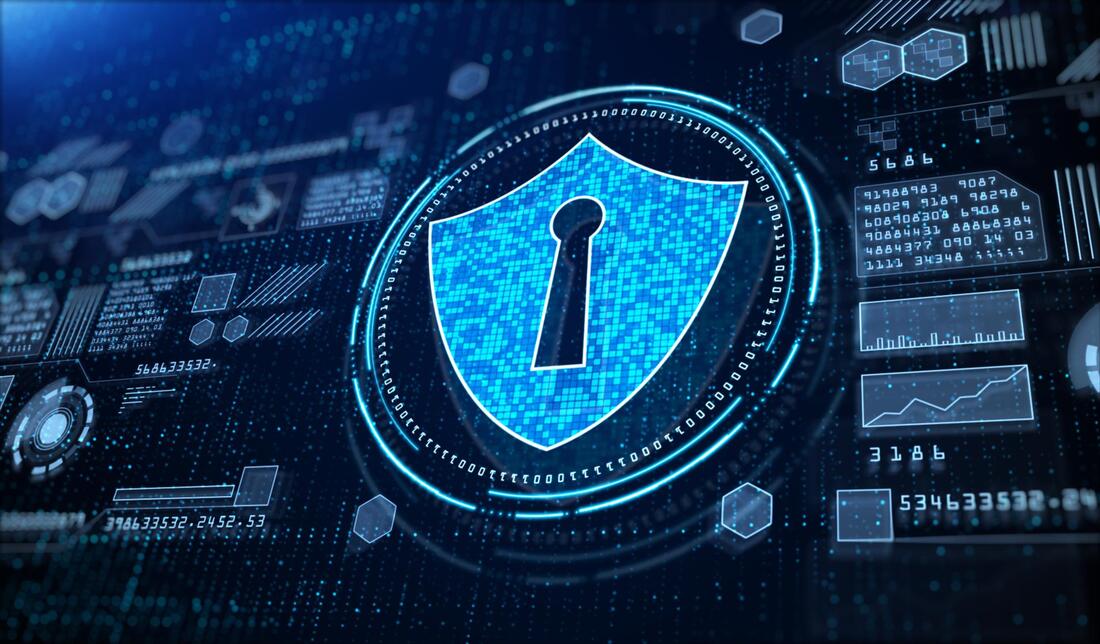|
The article is a continuation of the series of articles for disruptive technologies for smart cities we started publishing in April, 2020. It is result of the ongoing Erasmus+ project Smart technologies by design (Smart by Design) and is based on the outputs produced by the project partners GAIA & DEUSTO and ARIES T. Current StatusCybersecurity consists of tools, policies, guidelines, risk management, actions, training and technologies that users use to protect their virtual environments. They include concepts that establish network security. Nowadays, a great deal of information from users and enterprises such as personal data, banking information, passwords, purchases, bookings, etc., is transmitted online. All this information poses a risk to the security of both individuals and enterprises, hence cybersecurity management is vital to ensure the safety of all those movements that take place on the internet. Today, Cybersecurity is an aspect which companies must deal with in order to carry out their activity in the current environment. Virtually all companies will suffer cyber attacks throughout their lifetime. Therefore, it is important for companies to establish defense programmes and strategy against these attacks (Jaramillo, H et al., 2015). The experts believe that cybercrime will generate annual losses of 6 trillion dollars by 2021, as cybercrime is the fastest growing crime in the world. Although costs spent on security will be higher than a trillion dollars between 2017 and 2021, it will not be able to cope with the growth of attacks that are presumed to occur. These data shows that even if you try to fight against it, cybercrime is the greatest threat to the majority of enterprises and users in the world. Platforms Due to the large number of different areas that may be associated with security, there are wide range of solutions related to cybersecurity in different areas, some of them are:
|
AuthorSmart by Design Archives
September 2021
Categories
All
|
|
The SMART by Technologies Design project [SMART by Design] Project No. 2019-1-BG01-KA202-062298 has been co-funded by the Erasmus+ Programme of the European Union.
This website reflects the views only of the author, and the European Commission cannot be held responsible for any use which may be made of the information contained therein |
SMART BY DESIGN |
SUPPORT |
Copyright ®2020 SMART BY DESIGN. All rights reserved.


 RSS Feed
RSS Feed
